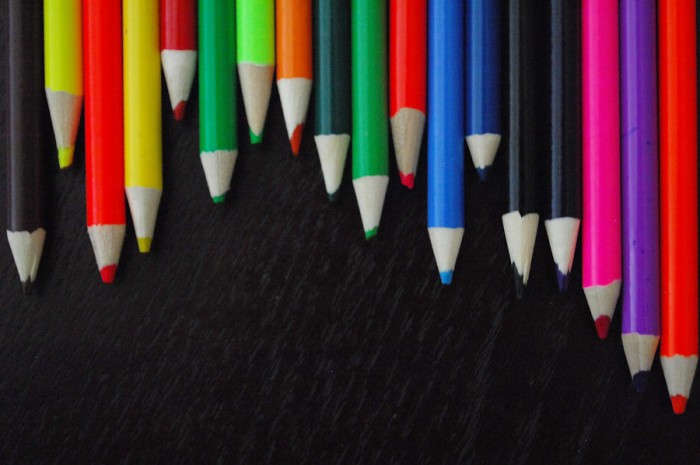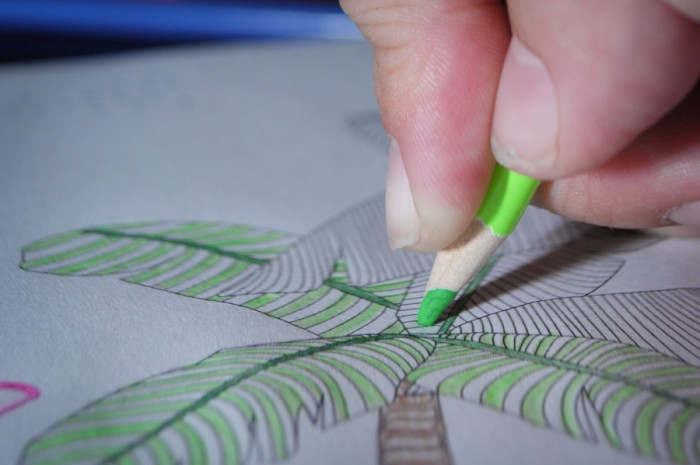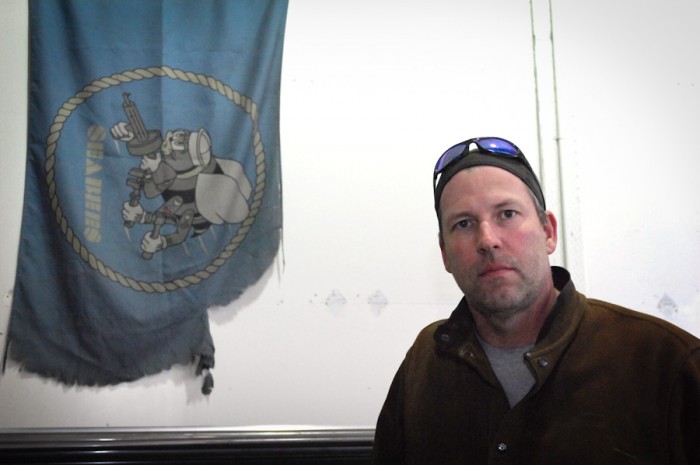
Imagine this: you’re walking your dog down the street in your neighborhood, when a car backfires. Suddenly a rush of sights, smells and sounds come rushing back to you from a horrific moment in your past. You begin to sweat, your breathing is labored, and your heart races and feels like it’s being squeezed. Maybe you instinctively drop to the ground to take cover as your training has taught you to do, or maybe you stand frozen unable to move, paralyzed with fear.
This is just one example of what life is like for veterans who have returned from Operation Iraqi Freedom and Operation Enduring Freedom with post traumatic stress disorder. The Department of Veterans Affairs estimates approximately 11 percent of Afghanistan veterans and more than 20 percent of Iraq veterans suffer from this condition.
In addition to flashbacks and panic attacks, these men and women can also suffer from insomnia, mood swings, anxiety and a loss of interest in the people and things that they love.
Former Air Force Staff Sgt. Amber Corcoran knows these symptoms all too well ever since she returned from Afghanistan in 2011 and was diagnosed with PTSD.
“When you have PTSD, you can sometimes think that you’ll never find happiness, a quiet moment or even feel like a functioning human,” she said.
There are a variety of treatments and programs available to veterans like Corcoran through the VA, and outside medical facilities. The most common form of treatment for PTSD is talk therapy, which is exactly what it sounds like. But it’s estimated that more than 30 percent of sufferers do not benefit from it.
Another lesser-known, arguably more effective method of PTSD treatment is known as art therapy.
Art therapy or creative art therapy, can also include other creative endeavors such as music, drama and dance therapy. The methodical use of art like drawing, painting, collage and sculpturing is used to shape and express feelings and memories as well as give PTSD sufferers an active process and final result to benefit from.
“People’s ability to find language shuts down when processing trauma so image making and play are easier forms of expression,” said Rebecca Bloom, art therapist and owner of Seattle-based Bloom Counseling. “We process trauma in a visual manner, think about a traumatic incident that happened to you, you probably remember it visually as opposed to describing it in words.”

According to Bloom, there are no art therapists on staff at either Joint Base Lewis-McChord in Tacoma or the the local Veterans Affairs hospital, VA Puget Sound Health Care System.
“Art therapy is widely used on the east coast,” she said. “Why it’s used in one part of the country and not widely used in another part of the country when it’s really effective on the East Coast, I have no idea. It’s really sad.”
While it’s true that there are no art therapists on staff at Madigan Army Medical Center on JBLM, there are still some art therapy techniques used in PTSD treatment, according to a representative at the center.
“Several of our credentialed social workers and other therapists do make significant use of art therapy and other creative therapeutic modalities,” he said. “These include making PTSD ‘masks’ that allow patients to show how they view their internal versus external identity.”
Accessing art therapy can still be tricky for some veterans. Many simply haven’t ever applied for their VA benefits after leaving the military, or haven’t yet had their PTSD claims approved or medical evaluations scheduled.
To combat this problem, one Woodinville nonprofit is offering art therapy for veterans with PTSD outside the VA system. The Art of War, run by former Navy Seabee Brian Paulus, gives those suffering from combat-induced PTSD a creative outlet to cope with their intense feelings through various forms of art as well as gives veterans a chance to connect with others who have similar backgrounds.
Paulus says the idea for the organization began on his most recent jaunt in Afghanistan when he and a friend invited other service members into their welding shop to shoot the breeze and make gifts or trinkets. The men found these experiences helped them make it through their deployment, but once he returned to the states, Paulus felt lost.
“When I got home I had three shoulder surgeries, I was on a ton of meds, and I was sitting home doing nothing… I got in a bad place and I realized I had to do something,” he said. “When you are deployed everyday means something, but when I got back here there was nothing, there was no substance, no purpose to what I was doing. Starting the nonprofit really helped me find my purpose again.”

Paulus hosts veterans at his shop, Imagination Fabrication, showing them how to create sculptures or other art. Sometimes a painting teacher and easels are brought in so that the group can paint as well.
Paulus says that in addition to the art therapy, getting to talk with other like-minded vets is very therapeutic.
“It’s very comfortable to be around these guys,” said Paulus. “It’s hard to talk to a therapist, I personally find it very hard to talk to someone that has never been there. When it’s a bunch of guys in the shop —you can call it whatever you want between bullshitting, or therapy or whatever — it makes you forget about the shit you are going through”
Unlike Paulus, it took Corcoran a while to discover what was right for her. It wasn’t until she was facing a looming military medical retirement that Corcoran decided to try an inpatient facility to cope with her PTSD — it was there that she discovered art therapy through Avengers coloring books supplied by a fellow patient.
“After the coloring books I moved on to black and white mandalas, using colored pencils and markers for different colors and textures,” she said. “I found that my mind went blank as I colored, any anxiety or ruminating thoughts I had before I sat down were diminished as I chose colors and began my project — it’s soothing and peaceful to get lost in the rhythm of coloring.”
Even now, more than a year after her stint at the facility, Corcoran says art therapy is still an effective tool for her.
“Whenever I’ve had a nightmare, or my anxiety has creeped up or I can’t get out of a bad place, I start working with my hands in a creative way to make something beautiful from my pain,” she said. “I’ve started cross stitching as well and I’ve made a few small pieces that have memories of past experiences that were painful, embedded into them.”
According to Bloom, it’s not just about the pieces themselves.
“Art therapy is much more about the process than the product–we want people to have a whole experience–often something happens with the experience that parallels the traumatic experience from their life and that’s when it’s the most powerful,” she said.
In her own way, Corcoran agrees. “Not only do I get to make something new but I get to feel a sense of pride from creating something, I get a chance to clear my head and ground myself by creating something beautiful from a really dark place.”


Hello, from your neighbor here in Tyler, Tx!!
I see you said this is outside of the VA. There are people who serve that do not qualify for VA benefits. Such as “contract workers” who build buildings and various other jobs for the government but aren’t in the “Army”. They experience ptsd but aren’t given help to address issues of being in Afghanistan , Iraq, etc. do you know of any help for these individuals?
Thank you for your time !
P.S. Great article and great cause!
Check out Artsatattention.org. I’m the Founder and would be happy to help the civilians in the area of Art Therapy. Some of our classes are Veteran only but we have Veteran/Civilian classes too. We do require civilians pay a small fee but it is only to cover the cost of their individual supplies. Normally less than $20.
I am the Founder of a Non-Profit by the name of Arts at Attention and we are now offering classes LIVE online. We supply the Veteran everything. We realized there are a TON of individuals all over the country who don’t have art therapy as an option either in their area or because they are homebound. We wanted to make that an option for everyone who has served! Artsatattention.org
Aside from giving them a platform for expressing themselves, creative writing also helps war veterans to develop or increase their sense of mindfulness. When these veterans write, they tend to just sit down and concentrate 100% of their attention on doing something that is not too stressful.